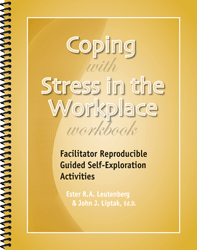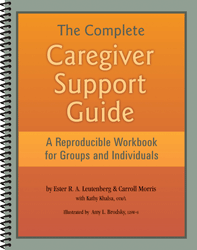Unmet Needs of the Troubled Child
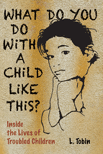 Excerpted from What Do You Do with a Child Like This? Inside the Lives of Troubled Children, by L. Tobin
Excerpted from What Do You Do with a Child Like This? Inside the Lives of Troubled Children, by L. Tobin
It is not difficult to determine a troubled child’s primary unmet needs. An unmet need is made obvious by the child’s inability (1) to delay meeting that need; (2) to express that need; or (3) to elicit a healthy response from others to that need.
If a child cannot wait to have a need satisfied, you will probably spend a lot of time fighting it: trying to keep the child from talking, touching, or eating.
If a child feels a need but is unable to express it, the absence of this natural response will become conspicuous. You may notice that he has no friends, doesn’t like to play, or is afraid to laugh.
If a child no longer believes that others will fulfill his needs, you may be confused by the contradictory nature of what the child elicits from you and others. For example, unable to make friends, the child appears intent upon making enemies; or unable to experience structure and consistency in his life, he sets out to create hourly chaos.
Troubled children are distinguished most clearly by the frustrated expression of needs. They actively elicit the opposite of what they really need.
To identify a child’s unmet needs, ask yourself: “what makes this child different? What does he spend his time doing or avoiding? What self-defeating response does he elicit that appears to be the opposite of what he really needs?”
The Need for Acknowledgement
I raise my hand each morning and tell you that I am “present,” but no one ever talks to me. I walk to school alone. No one asks me how I feel, wishes me a good day at school, or even acknowledges that I am awake. Until someone stops long enough to look into my eyes, touch me, awaken my spirit, welcome me into the world, let me know that I matter—until then, how can I be sure that I am really “present?”
—Kayla
- The child who cannot wait for acknowledgment may pester for attention.
- If she cannot express the need for acknowledgment, she may appear lonely, lost in the crowd.
- If she no longer believes she can get acknowledgment, she may withdraw or rebel.
Being acknowledged by someone, welcomed into the world each morning, is as important to a child as a good breakfast. Acknowledgment “breaks the fast” of a lonely night, providing essential nutrients for the spirit.
- Who could the child check in with each morning before class? A favorite teacher, principal, janitor?
- What morning responsibility would give importance to his presence? What first-hour activity could put him in contact with at least one other student—get him involved?
The Need for Communication
Mom and Dad fight a lot. Sometimes they hit each other. That’s what I wake up to most days. I get in fights on the bus. The kids pick on me and I have to fight back. That’s what my life is like before I come to class. Some days it’s worse. You tell me to talk to you about things. Well, every morning is a story—a story I have to tell someone before I can try to get on with my day.
—Elena
- The child who needs to tell her story, may annoy you by not being quiet.
- If she doesn’t talk about her troubles, she will worry about them and be distracted.
- If she believes no one cares about her problems, she may be troublesome, constantly acting out.
Children with home problems come to school emotionally loaded. The earlier you deal with it the better.
- What short morning class routine could free you to speak with the child, if only for a short time?
- Could the student write in a journal on difficult days? You could respond in writing later.
- Could you provide peer counselors or arrange time with a close friend?
The Need for Socialization
I live with my grandparents. There are no other children to play with. Weekends are so boring. School is the only chance I get to be with other kids. I’m not very good at making friends—I haven’t done it much; but it is exciting to be with everyone. I want to learn to play and talk to other kids. These are the kids I’m going to spend the rest of my life with. I wonder if they’ll like me?
—Kyle
- The child who has an unmet need for socialization may talk constantly.
- If he hides his longing for friends, he may be isolated, a loner.
- If he is frustrated by his inability to make friends, he may be aggressive and set out to make enemies.
Ultimately the child’s personal and job success as an adult will be determined more by an ability to get along with others, than by specific skills.
- Which children have few opportunities to be with other children outside of school?
- Which first-hour activities could be done in pairs or small groups—even if only for selected students?
- Which kids have the most to learn from each other, and how can you facilitate this connection?
The Need for Humor
Dad doesn’t laugh much since Mom left last year. He comes home from work with a lot on his mind. He gets upset when I giggle, so I try not to get silly anymore. Friends don’t come over these days. Our home is not much fun anymore. So when I go to school I sometimes try to make people laugh. I go to school earlier and earlier these days. Does life really have to be this serious all the time?
—Roderigo
- The child who needs laughter in his life, may become the class clown.
- If he hides his need for humor and fun, he may become overly serious, the “adult” child.
- If he believes he will never find joy and laughter in life, he may appear cynical, morose, or even sadistic.
Humor heals.
- There is healing power in laughter. Could you laugh at yourself more often, more heartily? Could you model the human comedy of errors and self-forgiveness?
- Are there situations that could be lightened with a joke or a story? How will you do it?
The Need for Physical Activity
My brother and I live in the city in a small apartment. He’s in third grade and likes school. He wakes up at 5:30 each morning, runs around the house and drives us all crazy. I get up at the last moment and drag myself to school. My mind tries to work but my body wants to be in bed. His body wants to work. We’re very different, but we’re both in trouble with teachers before 9:00.
—Jared
- The child who needs physical activity may appear sleepy or overactive.
- If he avoids activity, he may appear listless, unenthusiastic.
- If the need for activity is frustrated, he may appear resistant and unwilling to undertake activities.
All vertebrates stretch to begin the day. Tension flows out of active muscles. All bodies need activity and oxygen to stay awake, and, with kids, all you need to do is provide the occasion.
- Could you begin the day with a stretching routine? And repeat it throughout the day?
- Could you begin some activities with a series of deep breaths?
- You move about the room as you supervise students. Students also need to move frequently. Could you accommodate that need by scheduling short breaks?
The Need for Structure
My world changes every day. I never know who will be at my house in the morning. Sometimes Mom wakes me up; other times I have to get up by myself. I never know if there will be food for breakfast. Sometimes my sister shares my room; some nights I live with my Dad. I never really know what I will come home to at night, or where we might be next month.
—Juanita
- The child who is trying to create structure in her life may constantly ask, “What do we do next?”
- If her need for consistency is hidden, she may be resistant to any change in routine.
- If she has given up on trying to discover order in her life, she may be chronically unprepared and appear to thrive on chaos.
For many children, school is the one constant in their life, the one structure they can depend upon. You may notice that even those who hate school and everything about it are seldom absent.
- Post and review the schedule every day, noting even insignificant changes.
- Which children need to be informed individually of any changes in the structure of the day?
- Which routines should be followed consistently, every day?
The Need for Relaxation
My family argues. Each morning my older sisters fight over the bathroom. Mom doesn’t like mornings so she yells at all of us. Dad yells at Mom. The radio in the kitchen drowns out the television in the next room. I walk to school with my Walkman blaring so I don’t hear the traffic and sirens in our neighborhood. I come to school already stressed out.
—Philip
- The child who needs to relax, may appear reclusive, withdrawn, or exhausted.
- If he doesn’t know how to relax, he may remain agitated, nervous, and “wired.”
- If he is under severe stress and is frustrated in his efforts to deal with it, he may appear oppositional and despondent.
Relaxation is a direct route to enhanced learning, creative problem solving, anger management, stress management, and general health. It is what we placed kids in “time-out” to acquire. We know now that relaxation must be taught. Books, CDs, and MP3s are available to help us teach relaxation skills.
- How could you include relaxation instruction in your classroom? Deep breathing before a test? Neck and shoulder stretch during a test? A relaxation CD or MP3 to bring them back to a peaceful world?
The Need for Encouragement
Since first grade I have hated school. I don’t read well and I’m not very good at math. I make a lot of mistakes. My parents say I’m lazy—that I never try to do my best. I used to try. Now I just do everything I can to avoid work. I don’t want anyone to see how stupid I am, so I never turn in my assignments. I know I would just fail anyway. I don’t know why they make dumb people like me go to school anyway.
—Kara
- The child who needs encouragement may seek constant reassurance.
- If she is afraid of failure, she may say, “I can’t,” and avoid trying.
- If she becomes discouraged by failure, she will say, “I won’t,” and refuse to try.
Find the occasion to answer these questions for each child.
- What is it you like about me?
- How am I unique?
- What do I do well?
- How can I affect my world?
All students come to school with unmet needs. Most have the ability to delay these needs. Troubled children focus on nothing else until these needs are met. Meet the needs early or consume your time fighting them. The choice is yours, not theirs.

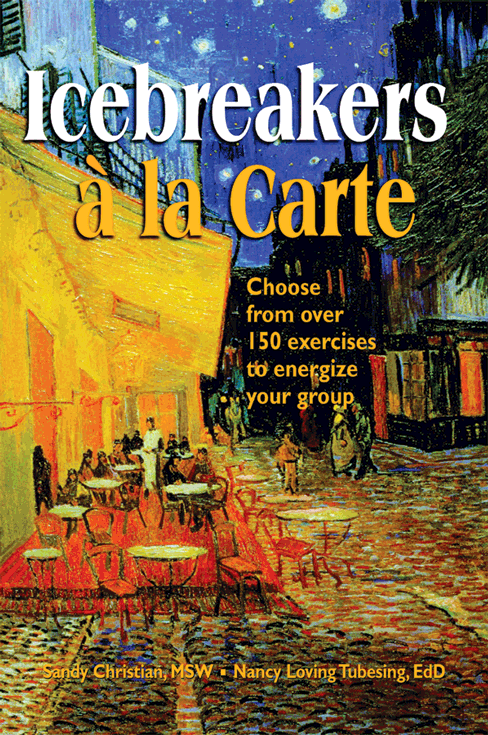
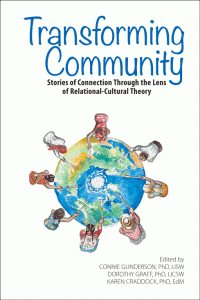
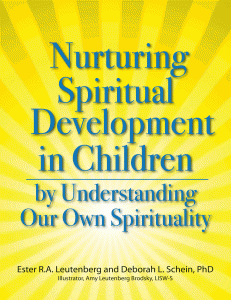
 I was co-writing a book about spirituality and on the way to a restaurant with friends, I asked the husband if he was religious, spiritual, spiritual and religious, or none of them. He gave me a confused look, and said, “What is spirituality?” I told him that it is different for everyone. I said, “For me, when I look at the mountains beyond my backyard, I have a sense of wonderment, of being a small part of the universe. It swells my heart.” His response was, “I have no idea what you are talking about.” We enjoyed our dinner, saying no more about it.
I was co-writing a book about spirituality and on the way to a restaurant with friends, I asked the husband if he was religious, spiritual, spiritual and religious, or none of them. He gave me a confused look, and said, “What is spirituality?” I told him that it is different for everyone. I said, “For me, when I look at the mountains beyond my backyard, I have a sense of wonderment, of being a small part of the universe. It swells my heart.” His response was, “I have no idea what you are talking about.” We enjoyed our dinner, saying no more about it. 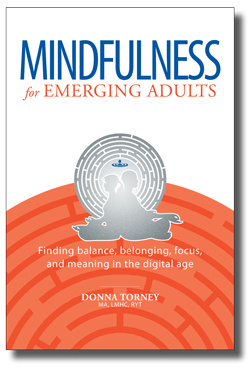


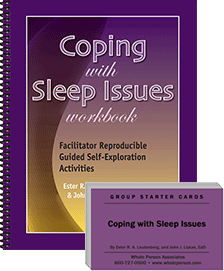 A book such as
A book such as  Most researchers define mindfulness to include these two main components:
Most researchers define mindfulness to include these two main components: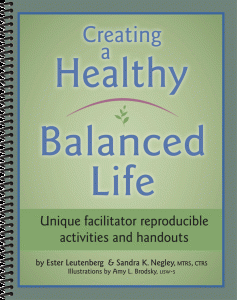
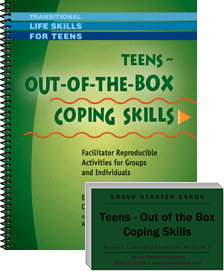 Excerpted from Teens ~ Out-of-the-Box Coping Skills
Excerpted from Teens ~ Out-of-the-Box Coping Skills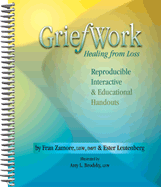
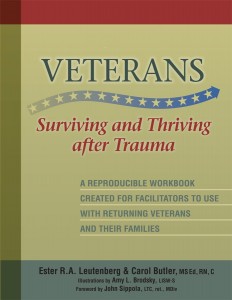
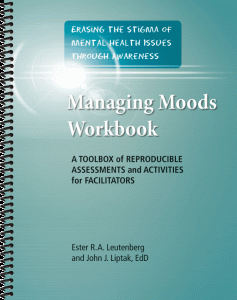
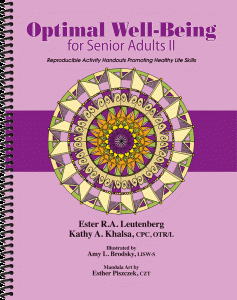 Here is a list of things you will need to know for your appointment:
Here is a list of things you will need to know for your appointment: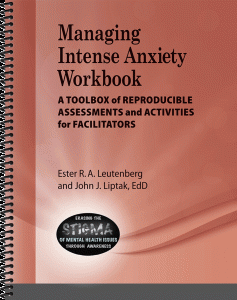

 Stress generated from the environment: Stress can be felt from the result of the work environment including overly demanding supervisors, low pay, poor working conditions, noisy work environments, too many commitments required for the work being done, long hours, lack of technology for employees to accomplish the work, lack of a safe place to work, whining co-workers, and complaining customers. Any of these external stressors can negatively affect the job performance of an employee. For example, a person who must work with an abrasive supervisor will feel uncomfortable most of the work day.
Stress generated from the environment: Stress can be felt from the result of the work environment including overly demanding supervisors, low pay, poor working conditions, noisy work environments, too many commitments required for the work being done, long hours, lack of technology for employees to accomplish the work, lack of a safe place to work, whining co-workers, and complaining customers. Any of these external stressors can negatively affect the job performance of an employee. For example, a person who must work with an abrasive supervisor will feel uncomfortable most of the work day.